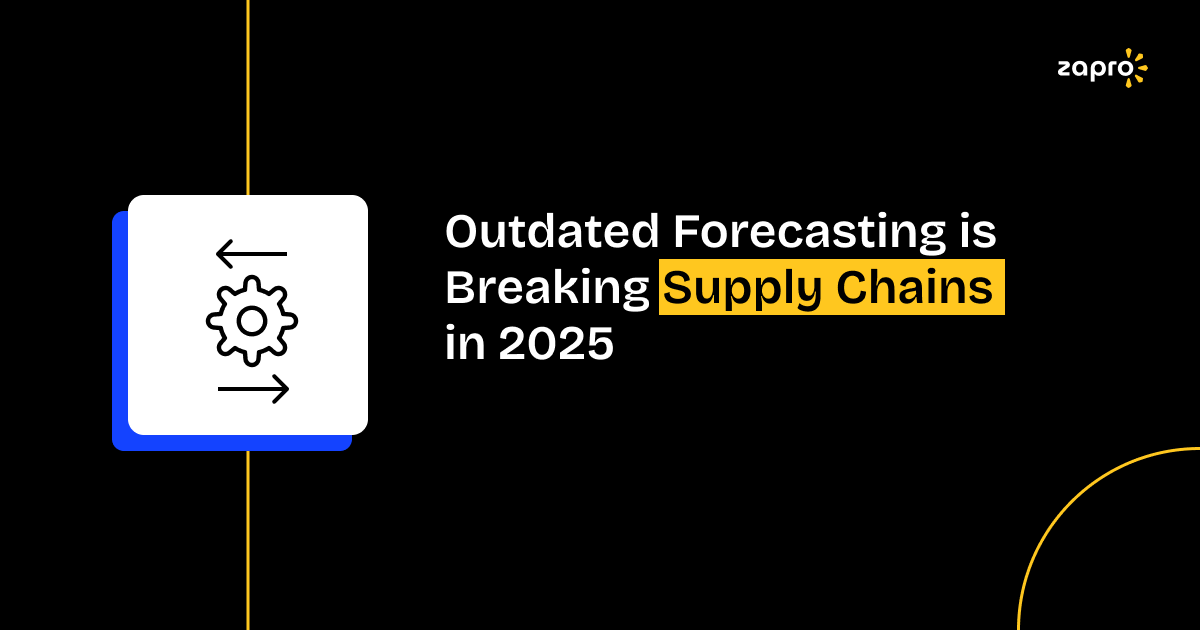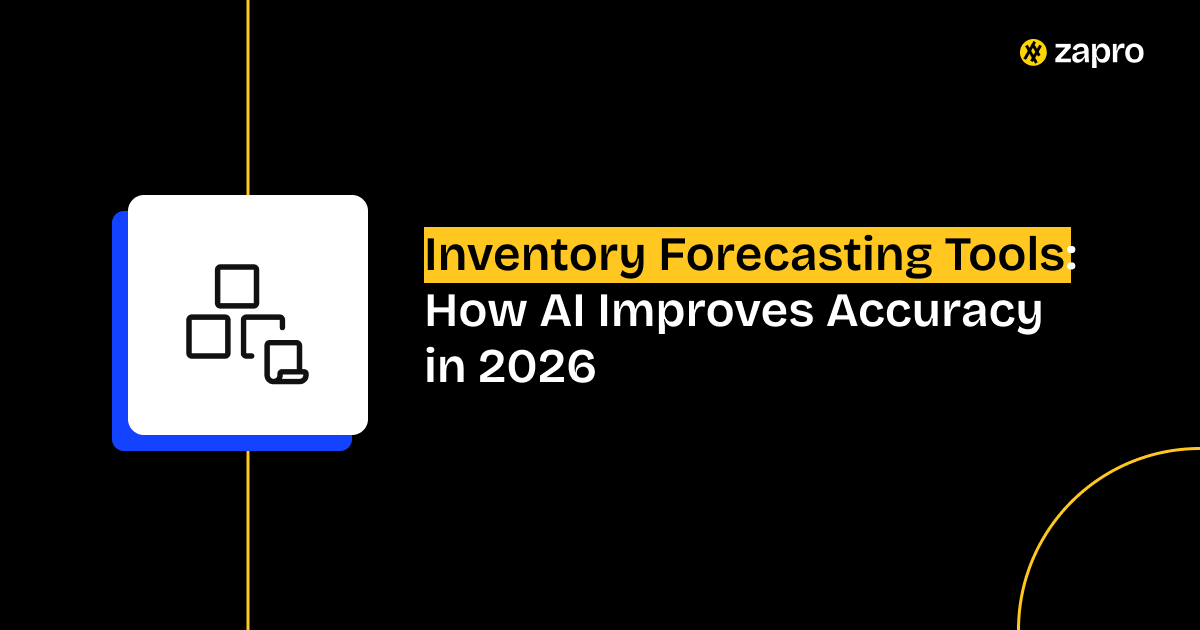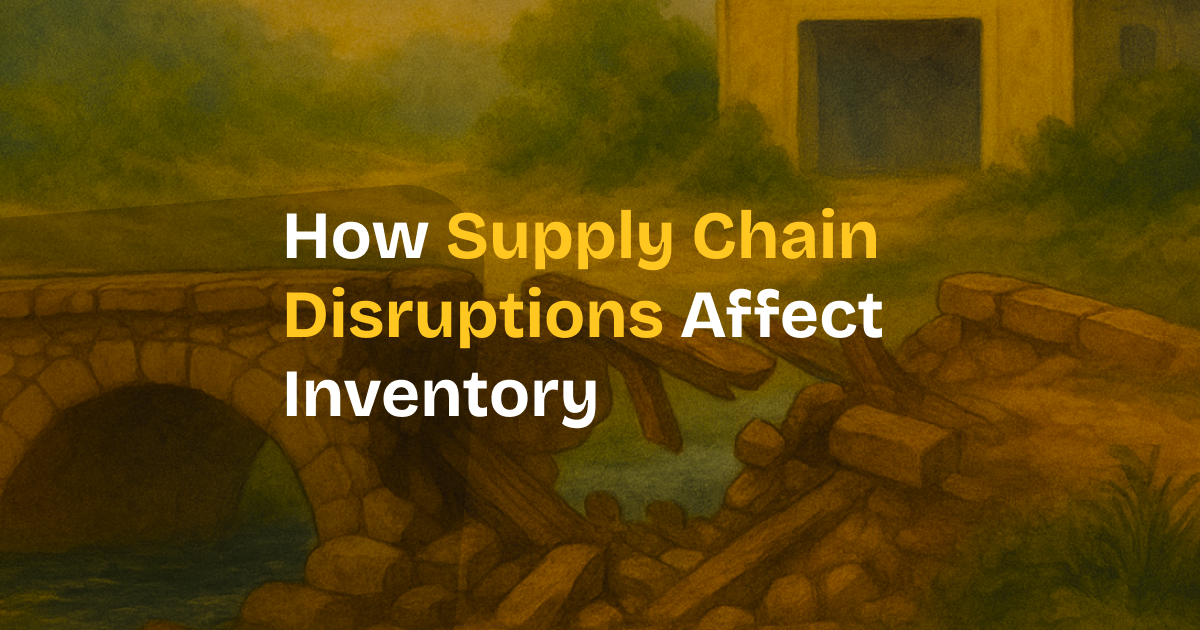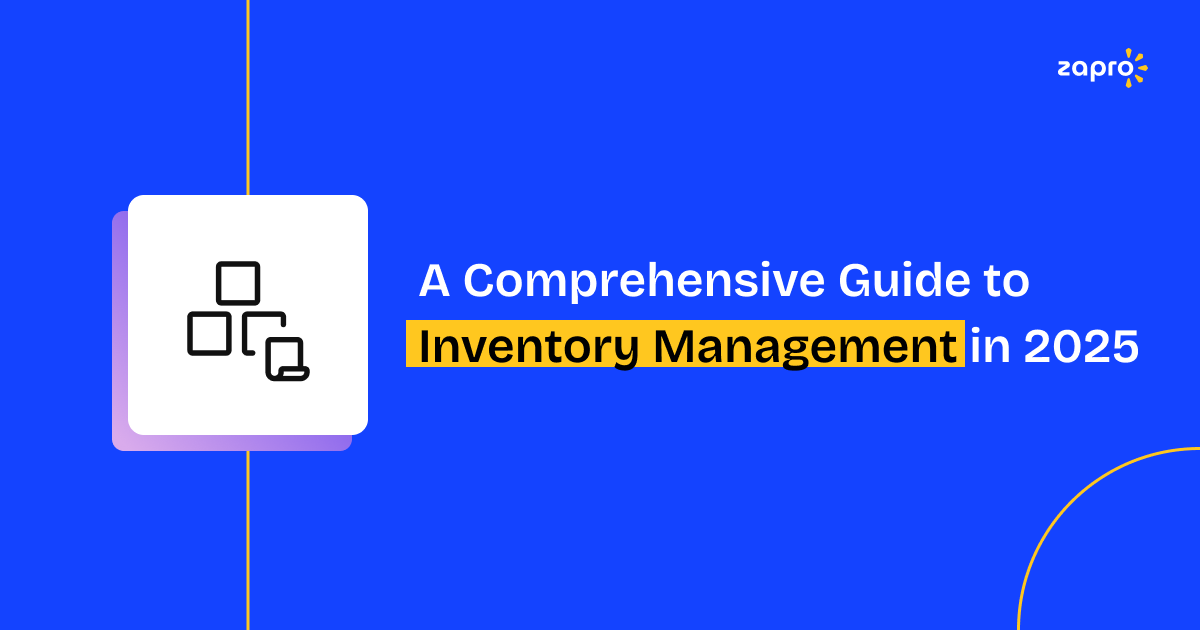Supply chain forecasting serves as the backbone of successful business operations in today’s volatile market. We’ve seen how crucial accurate forecasting is for ensuring products remain available when customers need them, significantly reducing wait times and frustrating backorders. The perfect balance between meeting demand with appropriate supply has become more challenging than ever before.
The COVID-19 pandemic clearly highlighted the fragility and interconnectedness of global supply chains, leading to unprecedented volatility. As we navigate the complexities of forecasting in supply chain management, traditional methods often fall short. What is supply chain forecasting exactly? It goes beyond simple predictions – modern supply chain demand forecasting includes sophisticated demand modeling that uses near real-time data to predict and model real-world scenarios.
In this article, we’ll explore why conventional forecasting approaches are failing in 2025, examine the critical importance of accurate predictions for businesses, and uncover how emerging technologies are revolutionizing this essential business function. Our goal is to help you understand the evolution of supply chain management forecasting and provide insights into adapting to these rapid changes.
What Is Supply Chain Forecasting and Why It Matters in 2025
In essence, supply chain forecasting is the process of predicting future demand, supply, or pricing for products within a particular industry. It combines historical data with market analysis and statistical models to optimize various supply chain activities including procurement, production, inventory management software, and distribution.
The art and science of supply chain forecasting enables businesses to foresee demand spikes, maintain optimal inventory levels, and fine-tune resource allocation. Through this forward-thinking process, companies streamline operations, reduce costs, and minimize waste while preparing for market shifts.
The primary goals of supply chain forecasting include:
- Demand Planning: Accurately predicting customer needs to prevent stockouts or excess inventory
- Inventory Management: Balancing stock levels to cut holding costs while maintaining sufficient product availability
- Resource Allocation: Optimizing labor, materials, and production capacity for maximum efficiency
In 2025, forecasting has evolved from a routine function into a core strategic capability. Indeed, 90% of supply chain executives expect to overhaul planning IT within the next five years, with 80% already using or planning to implement AI and machine learning in planning processes.
Furthermore, AI in supply chain forecasting can reduce errors by 20% to 50%, according to studies. This technological advancement particularly matters now as businesses face rising complexities, disruptions, and rapidly shifting consumer demands in the global marketplace.
The importance of supply chain forecasting and demand modeling for businesses
Effective forecasting provides businesses with a strategic edge in an increasingly unpredictable marketplace. Companies with efficient supply chains experience higher-than-average revenue growth—specifically, 79% of such companies outperform their competitors financially. Consequently, 81% of supply chain professionals consider analytics vital for reducing operational costs.
Accurate forecasting helps businesses strike the perfect balance between supply and demand. Setting forecasts too high leads to excess inventory and unnecessary storage costs; setting them too low results in missed revenue opportunities and lost sales. Moreover, proper demand modeling allows businesses to:
- Balance inventory efficiently: Organizations can maintain optimal stock levels, preventing both costly overstocking and reputation-damaging stockouts, with 70% of consumers likely to switch brands after encountering out-of-stock items online
- Enhance resilience: Forecasting enables businesses to anticipate disruptions and develop effective contingency plans
- Improve customer satisfaction: By ensuring products are available when needed, companies build trust and loyalty
- Achieve sustainability goals: Efficient forecasting contributes to reduced waste and optimized resource utilization
Procter & Gamble demonstrates these benefits tangibly—by implementing collaborative forecasting and advanced analytics, they reduced safety stock requirements by 15% and saved approximately $300 million annually. Ultimately, good forecasting transforms potential chaos into strategic clarity, allowing businesses to convert market unknowns into opportunities.
Types of supply chain forecasting methods
Modern supply chain forecasting primarily falls into two distinct categories: quantitative and qualitative methods, with hybrid approaches gaining popularity for their comprehensive coverage.
Quantitative forecasting relies on historical data and mathematical models to predict future demand. These methods include:
- Moving average – Calculates demand based on historical averages, ideal for stable markets without seasonality
- Exponential smoothing – Places greater emphasis on recent data, making it suitable for short-term forecasts
- Regression analysis – Examines relationships between variables like price and demand
- Adaptive smoothing – Self-corrects by adjusting parameters based on previous forecast accuracy
- Life cycle modeling – Predicts demand based on a product’s stage in its lifecycle
Qualitative forecasting becomes essential when historical data is limited or unavailable, especially for new products. Key methods include:
- Market research – Collects consumer insights through surveys and focus groups
- Delphi method – Gathers anonymous forecasts from expert panels until consensus is reached
- Historical analogies – Predicts new product performance by comparing to similar existing products
- Panel consensus – Brings together cross-functional experts for collaborative forecasting
Many businesses opt for hybrid approaches that combine both methodologies, thereby leveraging data-driven analysis alongside expert judgment to create more accurate and adaptable forecasts that respond better to market volatility.

45% of organizations failed at least once in ensuring adoption of a digital planning tool.
Where Traditional Forecasting Methods Fail in 2025
Traditional forecasting systems struggle to keep pace with today’s business realities. Despite companies’ best efforts, these conventional methods exhibit fundamental flaws that limit their effectiveness in our rapidly evolving marketplace.
The most glaring weakness lies in the excessive dependence on historical data. Traditional models operate under the flawed assumption that past patterns will repeat with predictable variations—a premise that collapses amid today’s market volatility. Notably, when forecast accuracy inevitably falls below 70%, these systems trigger cascading planning failures throughout supply networks.
Additionally, traditional methods often overlook crucial variables that impact demand. They frequently fail to incorporate internal factors like promotions and price changes or external elements such as economic shifts. This problem is further amplified as 52% of retailers now cite consumer demand volatility as their primary challenge.
Other critical shortcomings include:
- Siloed data systems with inconsistent collaboration across departments
- Limited ability to respond to unexpected events like natural disasters or sudden consumer behavior shifts
- Inadequate handling of new product launches where historical data is unavailable
- Reactive rather than proactive operations based on outdated rules
Ultimately, traditional forecasting represents “survival” rather than true resilience. By 2025, relying on these outdated approaches—without adopting modern tools like AI-driven inventory forecasting software—has become akin to navigating a modern city with a paper map.
How Modern Technologies Are Transforming Forecasting in Supply Chain Management
The future belongs to companies that embrace AI in supply chain forecasting, along with machine learning and IoT, to build smarter, faster, and more adaptive forecasting strategies.
- AI & Machine Learning — Process vast amounts of real-time data, from weather patterns to social media sentiment.
- Generative AI — Learns and adapts to your unique supply chain environment.
- IoT Devices — Collect live data from warehouses, fleets, and even store shelves.
- Blockchain — Adds transparency and traceability across every supplier and tier.
- Digital Twins & Control Towers — Provide simulations and real-time visibility to test scenarios before making decisions.
Final Thoughts: From Survival to Competitive Advantage
Traditional forecasting is no longer enough—it’s about as effective as predicting the weather by looking at last year’s calendar.
Modern, AI-powered forecasting turns uncertainty into opportunity. By reducing forecast errors by up to 50%, companies can cut costs, improve customer experience, and adapt to change in real time.
Zapro’s intelligent supply chain forecasting software integrates AI, predictive analytics, and real-time data sources to give you accurate, actionable insights—not outdated guesses. From inventory optimization to proactive disruption management, Zapro empowers your business to forecast with confidence and grow with resilience.
Get Started with Smarter Supply Chain Forecasting Today.

FAQs
Q1. Why are traditional supply chain forecasting methods failing in 2025?
Traditional methods rely too heavily on historical data and struggle to adapt to rapid market changes. They often overlook crucial variables and fail to incorporate real-time data, making them inadequate for today’s volatile business environment.
Q2. How are modern technologies improving supply chain forecasting?
Advanced technologies like AI, machine learning, and IoT are revolutionizing forecasting by analyzing vast datasets from multiple sources. These technologies can reduce forecasting errors by 20-50%, enabling better inventory optimization and improved customer satisfaction.
Q3. What are the benefits of accurate supply chain forecasting for businesses?
Accurate forecasting helps businesses balance inventory efficiently, enhance resilience to disruptions, improve customer satisfaction, and achieve sustainability goals. Companies with efficient supply chains experience 79% higher revenue growth compared to their competitors.
Q4. What types of forecasting methods are used in supply chain management?
Supply chain forecasting methods include quantitative approaches (like moving average and regression analysis), qualitative methods (such as market research and expert panels), and hybrid approaches that combine both methodologies for more comprehensive predictions.
Q6. How can Zapro help improve supply chain forecasting accuracy?
Zapro’s AI-powered supply chain forecasting software combines predictive analytics, real-time data integration, and machine learning to deliver highly accurate forecasts. It helps businesses minimize stockouts, reduce excess inventory, and respond proactively to market changes—turning supply chain challenges into competitive advantages. With Zapro, companies can move from reactive planning to predictive, data-driven decision-making.
Don’t miss our weekly updates
We’ll email you 1-3 times per week—and never share your information.

 Healthcare
Healthcare Financial Services
Financial Services Technology
Technology Venture Capitalist
Venture Capitalist Chief Procurement Officer
Chief Procurement Officer Chief Financial Officer
Chief Financial Officer




